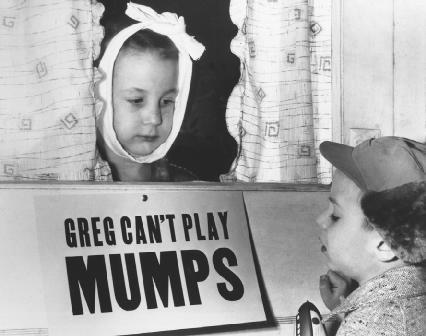I'm still working on some statistical equations to try and predict how long until it mutates. Unfortunately, I know nearly nothing about genetics... (But I can do the stats!) Anyway, the mighty FluForcast program has shown that it's predictive powers are indeed impressive, as while the leading virologists were saying H5N1 would behave itself in 2006, FluForcast said otherwise. Here's the story from News-Medical.net:
"When H5N1 was thought to be quiescent in 2006, in a prospective open trial, FluForecast, a software program which measures virus gene proteins, predicted high human mortality H5N1 outbreaks to come.
In addition, FluForecast technology predicted that the leading country in which these outbreaks would occur would be Indonesia. Both predictions have now been found to be correct. The basis of these predictions, that unique virus structures relate quantitatively to high host mortality, has now also been demonstrated independently in laboratory experiments.
The FluForecast software program, developed by Replikins Ltd. to give advanced warning of influenza outbreaks, measures quantitatively the concentration of a new class of virus peptides, called Replikins, shown to be related to rapid replication and epidemics. FluForecast has been used to identify, or isolate 'in silico,' the area of the virus genome which contains the highest concentration of replikins; this area is now called the Replikin Peak Gene. It has now become possible to measure quantitatively the replikin concentration (Replikin Count, or number of replikins per 100 amino acids) in the Replikin Peak Gene (RPG) of all H5N1 virus isolates whose amino acid sequences are published annually in PubMed. It is now possible to determine whether the RPG gene in a given virus isolate is relatively 'quiescent' or more active, i.e. 'upregulated.'
While the Replikin Count of the whole virus had previously been found by Replikins, Ltd. to correlate with virus epidemics and outbreaks, the RPG gene, with a four-fold concentration of replikins, magnifies the differences. It is also now possible to compare the RPG in different hosts. The H5N1 virus RPG in humans has increased nine-fold from 2004 to 2006, and in 2006 was found to exceed the RPG in other hosts, eg. goose, duck and chicken. Similarly, it was possible to compare the RPG in each country, for each host. In this way it was found that the RPG upregulation in Indonesia for human H5N1 in 2006 was more than double that in Thailand and three to six times that in Japan, Russia, China and Vietnam. Thus the data in 2006 predicted both higher H5N1 human mortality rates, and that this would occur predominately in Indonesia. Both predictions have been realized in 2007.
In addition to these epidemiological studies, the hypothesis that host mortality rate can be predicted by virus Replikin Count has now been tested and confirmed in the laboratory. For each of four strains of Taura syndrome virus of shrimp, the Replikin Count was determined and compared by FluForecast. Separately, the laboratory determined blind, that is without knowledge of the order of virulence predicted by replikin analysis, the comparative actual mortality rates in shrimp achieved by each of the four virus strains. In the laboratory, these four strains were found to have increasing mortality rates in the following order: Venezuela, Hawaii, Thailand and Belize. Point-to-point linear statistically significant correlation was found between the Replikin Count and the mortality rate of each of the four strains.
Thus for two different viruses, H5N1 and Taura, acting in two different hosts, human and shrimp respectively, a quantitative correlation of virus Replikin Count and host mortality rate has been found. To our knowledge, this is the first time that this type of quantitative relationship has been demonstrated. These proof-of-concept experiments, added to those previously reported, further confirm the relationship of this new class of virus peptides, replikins, to rapid replication, to epidemics, and to mortality rates. The data also illustrates the use of FluForecast to provide advance warning of, and thus permit better control of, virus outbreaks."
------------------
Obviously a slight reworking of a Replikins Inc. Press Release, but the facts are all there. Whatever the hell replikins are they are, analysis of them is useful in predicting the epidemiology of viruses.
It also demonstrates why samples of high-path H5N1 from every country NEED TO BE SENT TO HEALTH ORGANIZATIONS!!!






